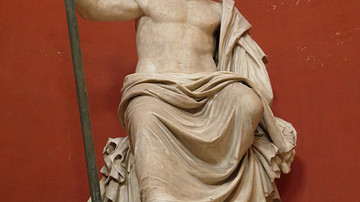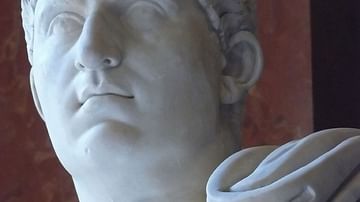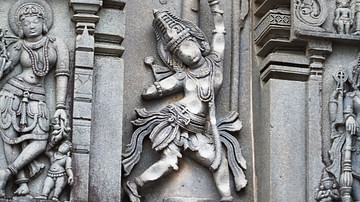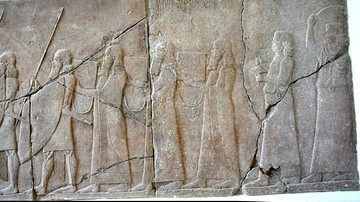Search
Did you mean: Tsar?
Search Results

Definition
Galba
Galba was Roman emperor from June 68 to January 69 CE. With the death of Emperor Nero on June 9, 68 CE, the Julio-Claudian dynasty officially ended, leaving the Roman Empire without a clear successor to the throne. With the assistance of...

Definition
Otho
Otho was Roman emperor from January to April 69 CE. Immediately after the assassination of Galba, Otho, the governor of Lusitania, was proclaimed emperor by the army. However, the unrest that existed in the short reign of Galba would spell...

Article
The Origin & History of the BCE/CE Dating System
The BCE/CE dating system was first used in the 17th century and has been used since in scholarly publications read by people of all faiths and cultures in an effort to be inclusive. This system is also more accurate in that it makes no claim...

3D Image
Church of St Mary at Mount Naranco (year 848)
The church of St Mary at Mount Naranco is a Roman Catholic, Asturian pre-Romanesque church, which lies on the slope of Mount Naranco. It is situated 3 kilometres (1.9 mi) from Oviedo, Spain. Ramiro I of Asturias ordered it to be built as...

Definition
Ancient Celts
The ancient Celts were various tribal groups living in parts of western and central Europe in the Late Bronze Age and through the Iron Age (c. 700 BCE to c. 400 CE). Given the name Celts by ancient writers, these tribes and their culture...

Definition
Arjuna
Arjuna (also given as Arjun) is the great hero of the Indian epic Mahabharata and the philosophical-religious dialogue Bhagavad Gita. His name means “shining”, “silver” and similar terms relating to brightness. He is the most popular champion...

Definition
French Directory
The French Directory, or Directorate (French: le Directoire), was the government of France from 2 November 1795 until 9 November 1799, a period that spanned the last four years of the French Revolution (1789-1799). The Directory was unpopular...

Definition
Samhain
Samhain (pronounced “SOW-in” or “SAH-win”), was a festival celebrated by the ancient Celts halfway between the autumn equinox and the winter solstice. It began at dusk around October 31st and likely lasted three days. Samhain marked the transition...

Collection
A Gallery of Religious Festivals from Around the World
Religious festivals have featured as a central aspect of civilization for thousands of years, the earliest thought to be celebrations of the New Year and the concept of rebirth and new beginnings that accompanied it. The first such festival...

Article
Festivals in Ancient Mesopotamia
Festivals in ancient Mesopotamia honored the patron deity of a city-state or the primary god of the city that controlled a region or empire. The earliest, the Akitu festival, was first observed in Sumer in the Early Dynastic Period (2900-2334...